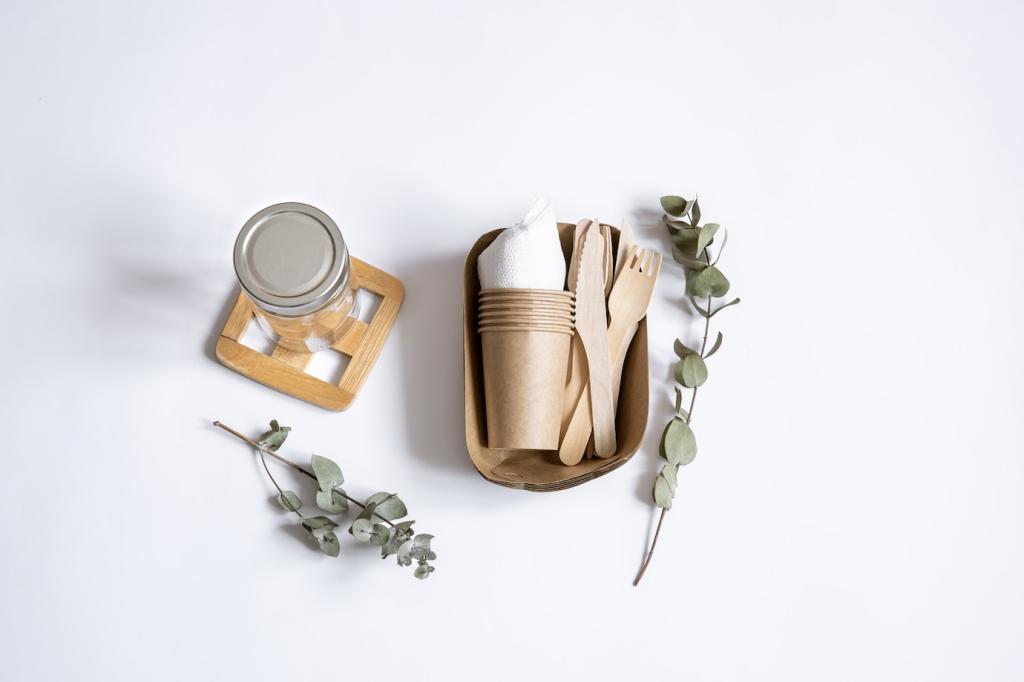
The Lifecycle of Biodegradable Products: From Design to Soil
Chosen theme: The Lifecycle of Biodegradable Products. Explore how materials, manufacturing, use, and end-of-life choices turn intention into regeneration, and learn practical ways to help your packaging, textiles, and tools return safely to the earth. Subscribe for ongoing stories and field-tested guidance.
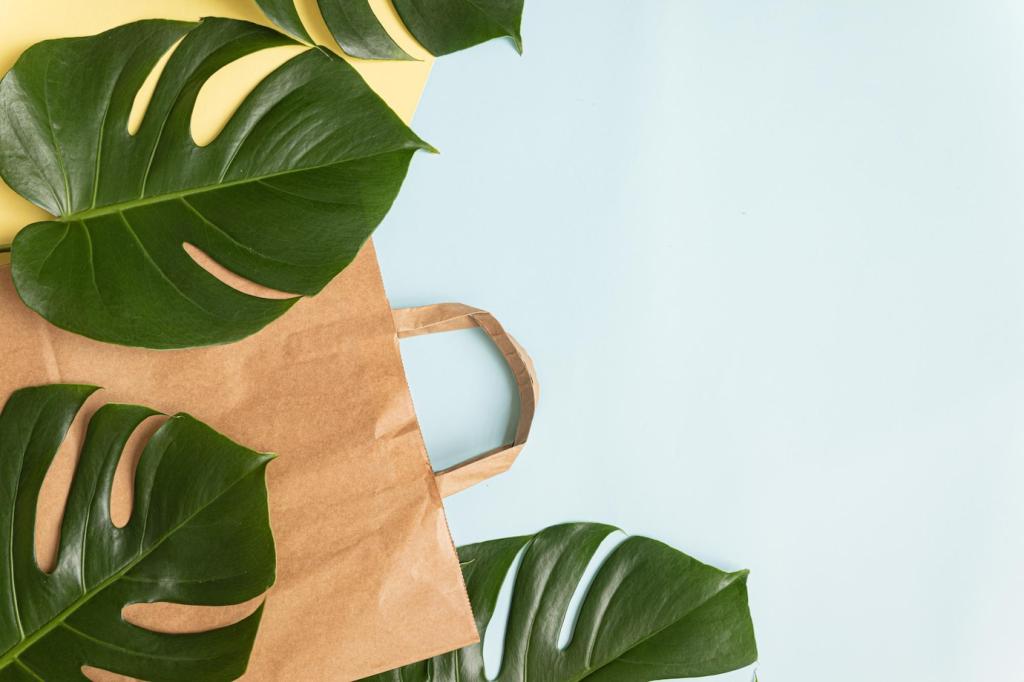
Biodegradable products begin with decisions about resin choice, thickness, additives, and inks. Designers model oxygen, moisture, and temperature exposure, aligning performance with realistic disposal systems. Comment with items you use daily that might benefit from smarter, end-of-life aware design.
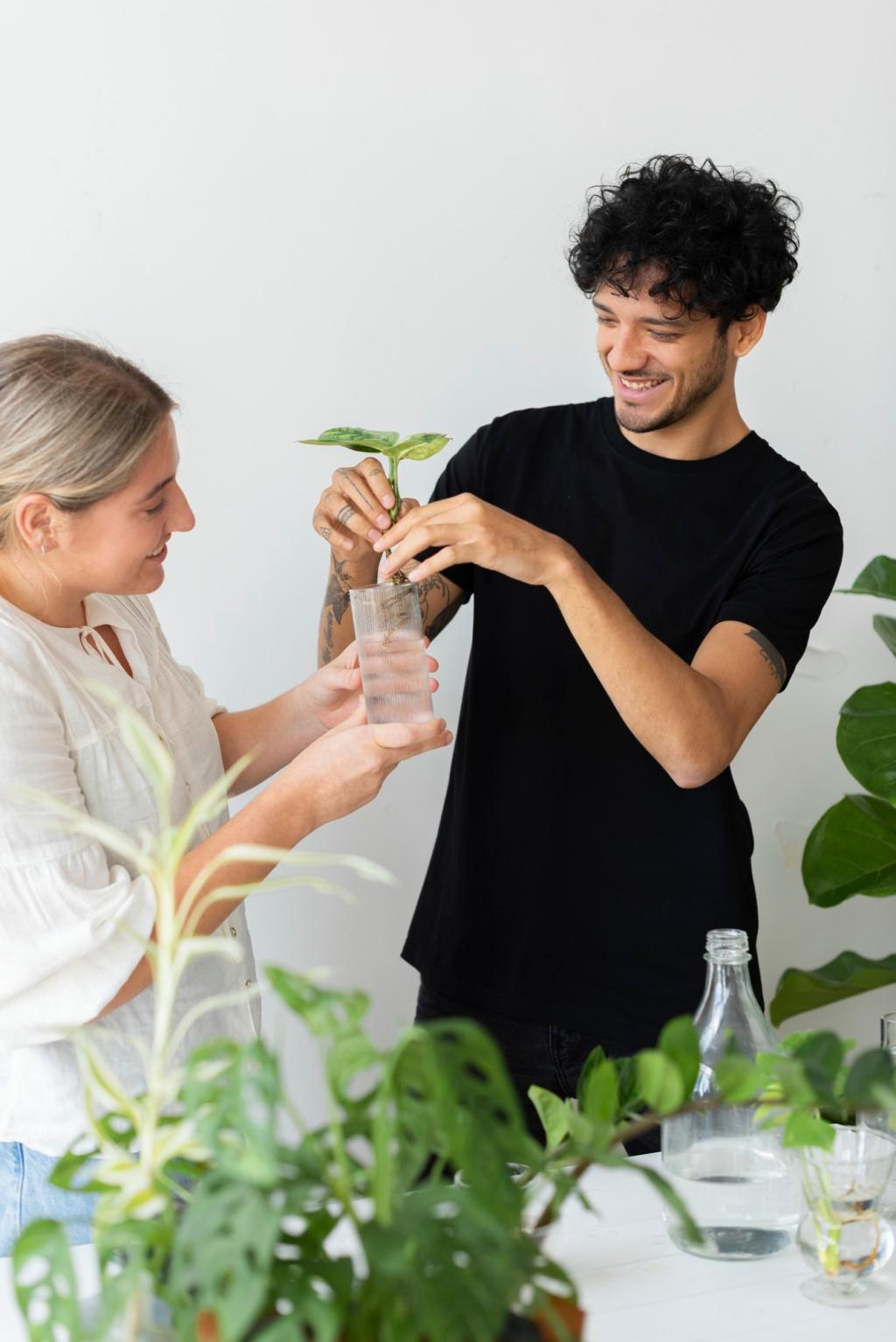
Lifecycle thinking charts the path from plant sugars or microbial oils to finished goods, then through kitchens, bins, and composters. Transparent mapping prevents greenwashing and highlights responsibility at each stage. Share your local compost access; community data sharpens future guidance.
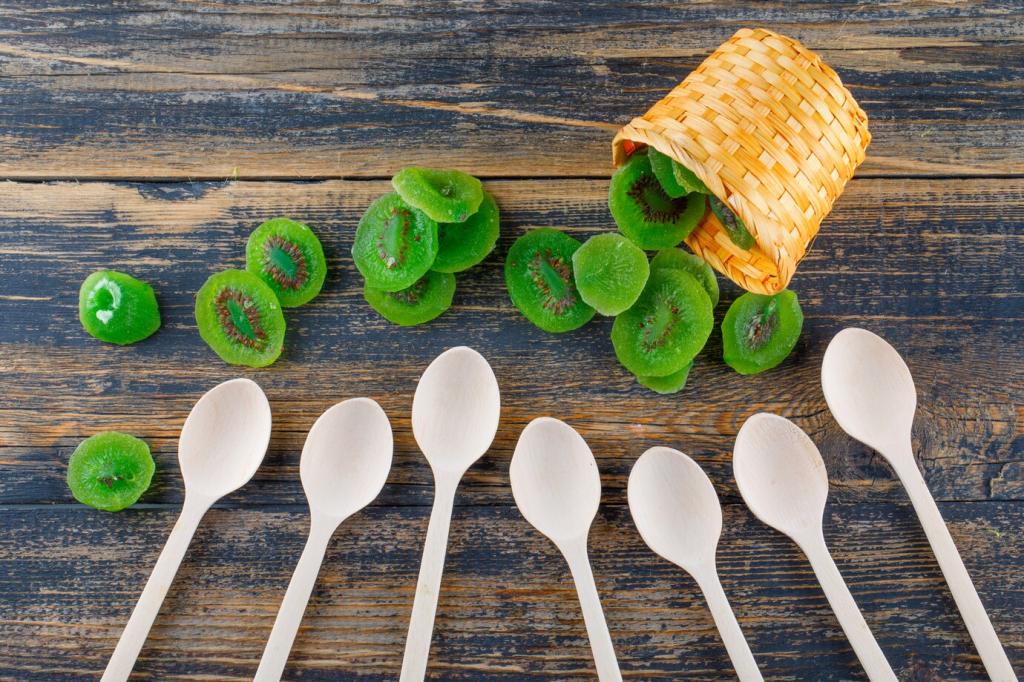
Consumers seal the loop by separating organics, reading labels, and avoiding contamination. Small acts—like removing a non-compostable sticker—accelerate breakdown and protect compost quality. Tell us your sorting tips, and subscribe for checklists that simplify end-of-life choices at home.
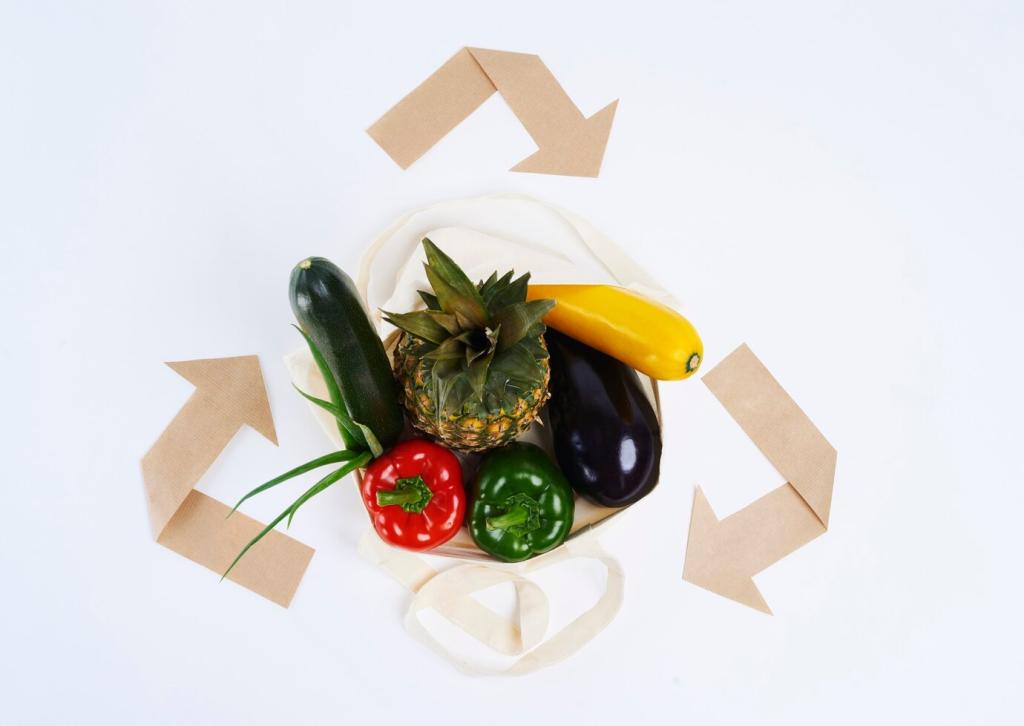
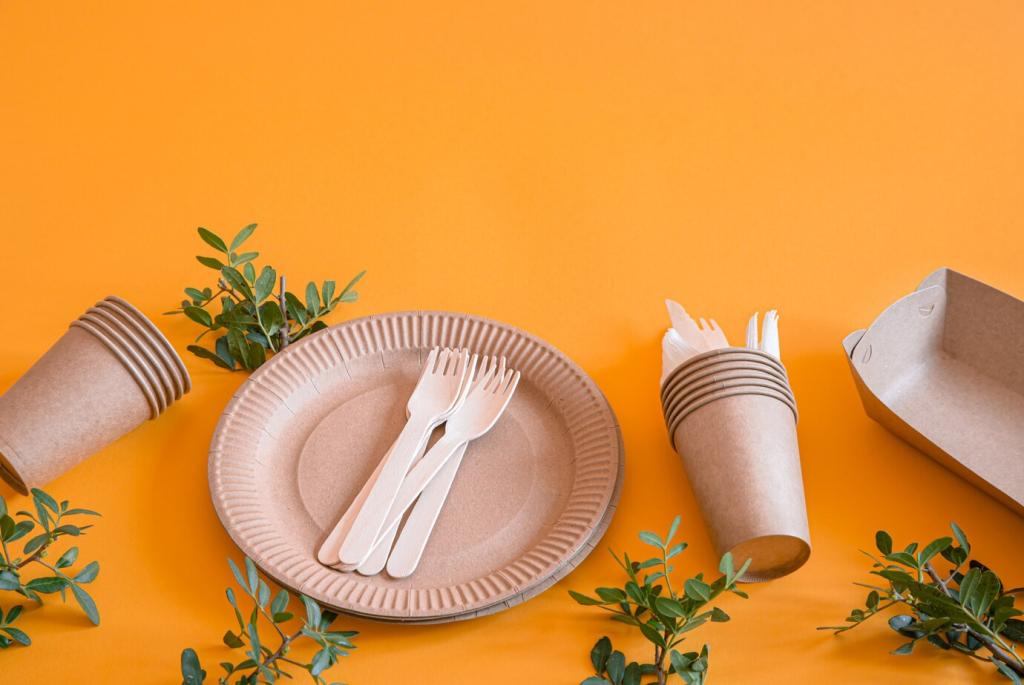
Materials That Make Biodegradation Possible
Polylactic acid often needs industrial composting temperatures above 55°C to break down efficiently. In cool home compost, it lingers, confusing expectations. Look for certified PLA items and municipal programs before disposal. Share your city’s compost rules to help others navigate local realities.
Materials That Make Biodegradation Possible
Polyhydroxyalkanoates are produced by microbes and can biodegrade under broader conditions, including some marine environments. Performance varies by formulation, thickness, and temperature. If your coast runs trials, report results in the comments; community data informs better coastal procurement choices.
Manufacturing and Footprints Along the Way
Corn, sugarcane, food waste, or microbial oils each carry unique land, water, and fertilizer profiles. Responsible sourcing avoids deforestation and food system pressure. Tell us which feedstocks your community supports, and we’ll tailor future posts to your region’s agricultural realities.
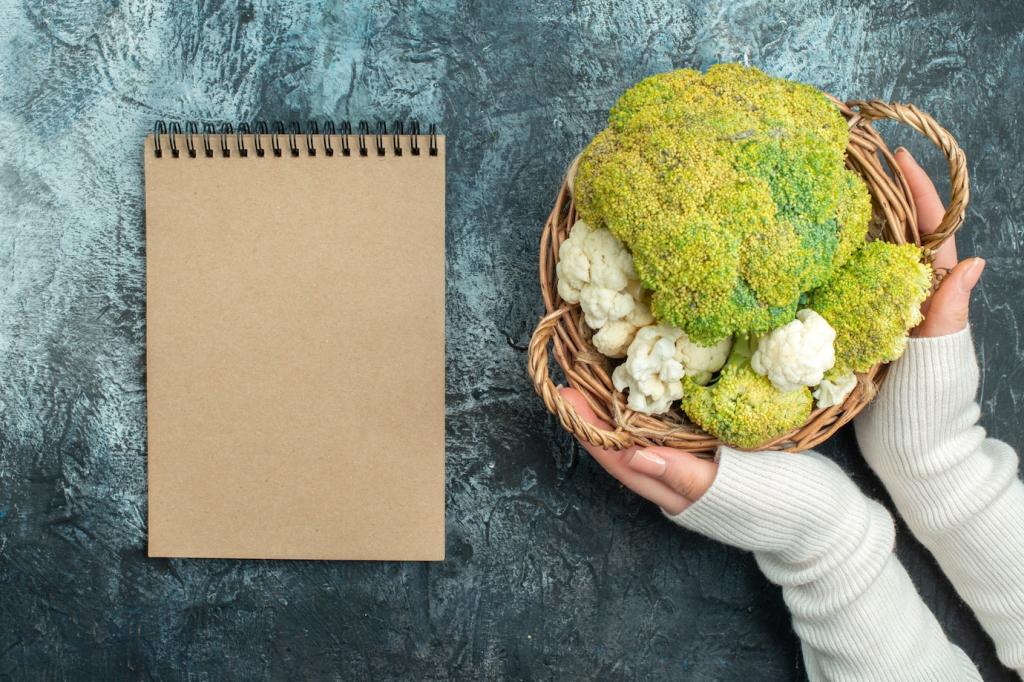
Strength vs. Speed of Decay
Engineers balance durability in the kitchen or café with rapid breakdown in compost. Thickness, crystallinity, and additives set the tempo. Share a product that surprised you—too tough or too quick—and we’ll test similar items in controlled compost runs.
Heat, Moisture, and Real-Life Kitchens
Coffee lids soften in heat; cutlery faces dishwater, oils, and pressure. Labels like ‘compostable at high temperatures’ signal intended environments. Post your toughest use-case challenge, and we’ll crowdsource tips and product swaps that respect both performance and end-of-life needs.
Label Literacy for Everyday Choices
Terms like ‘biodegradable,’ ‘compostable,’ and ‘home compostable’ are not interchangeable. Certification logos indicate tested conditions. Snap a label you’re unsure about and ask in the comments; we’ll decode it and add the example to our community knowledge base.
End-of-Life Pathways: Compost, Landfill, and Everything Between
Industrial composting delivers controlled heat, aeration, and microbial activity, ideal for tougher items like PLA serviceware. Home compost works for thin papers and many cellulose items. Tell us your compost setup, and we’ll recommend product categories that truly fit your bin.
End-of-Life Pathways: Compost, Landfill, and Everything Between
In landfills, limited oxygen slows biodegradation and can generate methane without capture. Biodegradable does not guarantee fast or clean decay there. If your city lacks composting, write to officials and post their replies—policy nudges begin with informed residents willing to ask better questions.
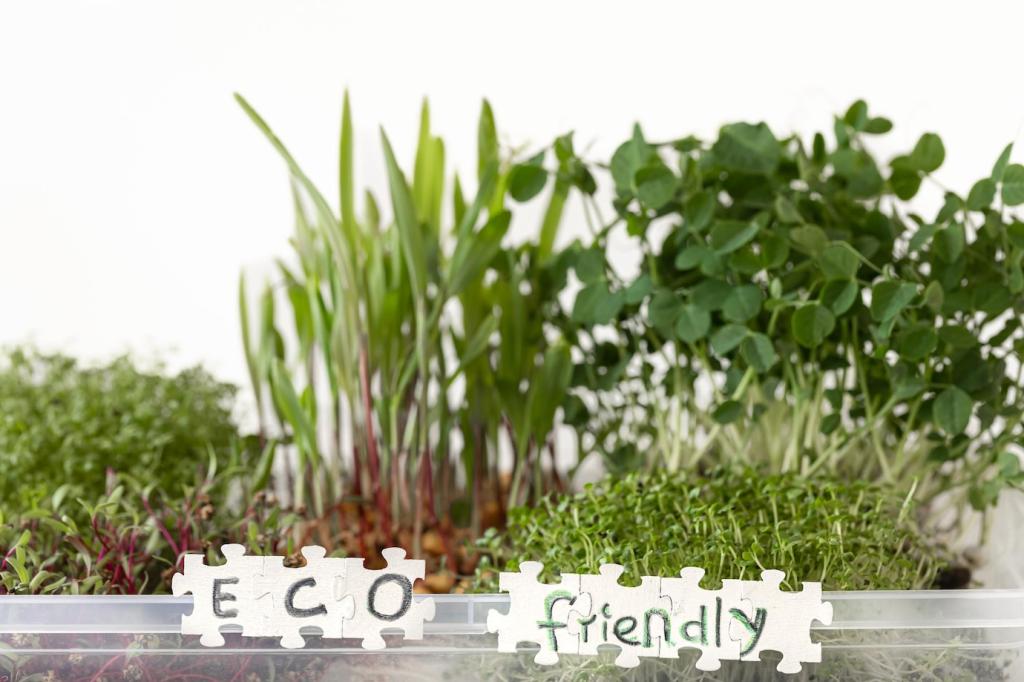
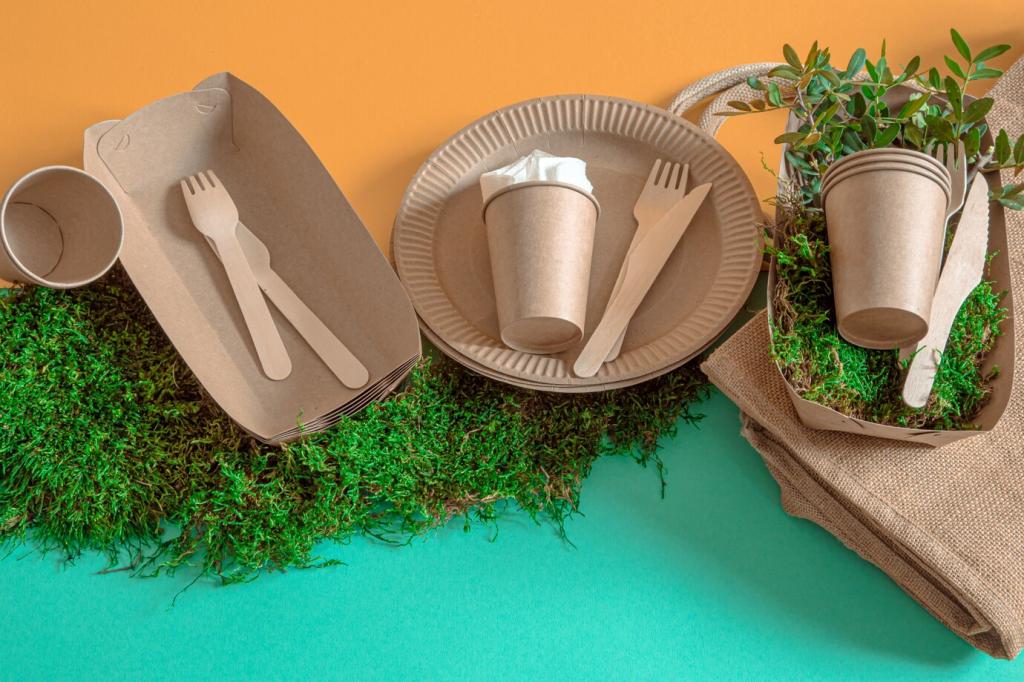
Compost Outcomes: From Polymer to Healthy Soil
From Polymer to Humus
Under proper conditions, microbes cleave polymers into CO2, water, and biomass, contributing to humus formation. Finished compost improves soil structure and water retention. Gardeners, tell us which crops respond best to your compost; your results guide realistic expectations for end-product quality.
Microplastics, Additives, and Safety
Quality certifications screen for heavy metals and disintegration thresholds, reducing microfragment risks. Still, coatings and inks can complicate outcomes. If you’ve sieved compost and found fragments, describe the items; crowd data helps pinpoint problematic packaging designs that need rework.
Gardener Stories: Tomatoes and Tea Bags
A reader swapped plastic tea sachets for certified cellulose bags and saw zero residue at spring planting. Another found a PLA cup intact after winter in a cold heap. Share your trials and help us build a living atlas of real-world biodegradation.
Standards, Policies, and What Comes Next
Standards that Mean Something
Look for EN 13432, ASTM D6400, and certifications like OK compost and Seedling. They test disintegration, ecotoxicity, and heavy metals. Post logos you see locally, and we’ll explain what each guarantees—and what still depends on your community’s compost infrastructure.
Municipal Systems and Access
Curbside organics, commercial collection, and centralized composters determine success. Pilot programs thrive when residents are trained and bins are well-labeled. Tell us your city and we’ll publish a localized starter guide, plus a template letter to request better organics access.
Innovation Horizon: Enzymes and Smart Packaging
Emerging designs embed enzymes, use PHA blends, or include digital markers that route items to proper facilities. Want updates on trials and results? Subscribe, and we’ll deliver field reports, interviews, and actionable purchasing checklists straight to your inbox.
